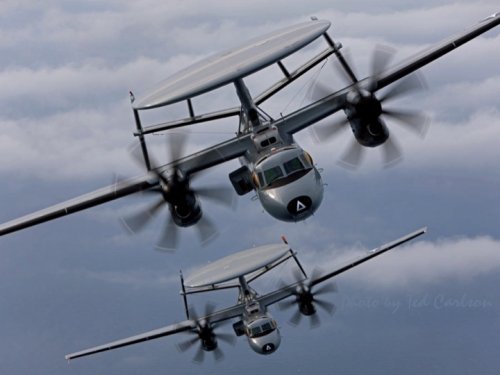- Joined
- 21 April 2009
- Messages
- 13,732
- Reaction score
- 7,617
GTX said:LowObservable said:Agreed, many of the players remain committed to F-35. Not news, and not altogether surprising given (1) the normal reluctance of large institutions to change or abandon major plans, absent some powerful external force; (2) the known degree of support and pressure provided by USG; and (3) the continued promise that all will be well and that the US taxpayer will pick up the tab. And the reluctance of AFs that have been working with the USAF for generations to consider teaming with relative unknowns is a physical force of black-hole levels.
No mention of course that the end users may actually like what they are getting?
With respect to the comment "...reluctance of AFs that have been working with the USAF for generations to consider teaming with relative unknowns..." would you care to provide some examples of these "relative unknowns"?
GTX just remember;
1) Anything good - lies and/or corporate government military industrial complex propaganda
2) Anything negative - the word of God and signals the programs ultimate demise

